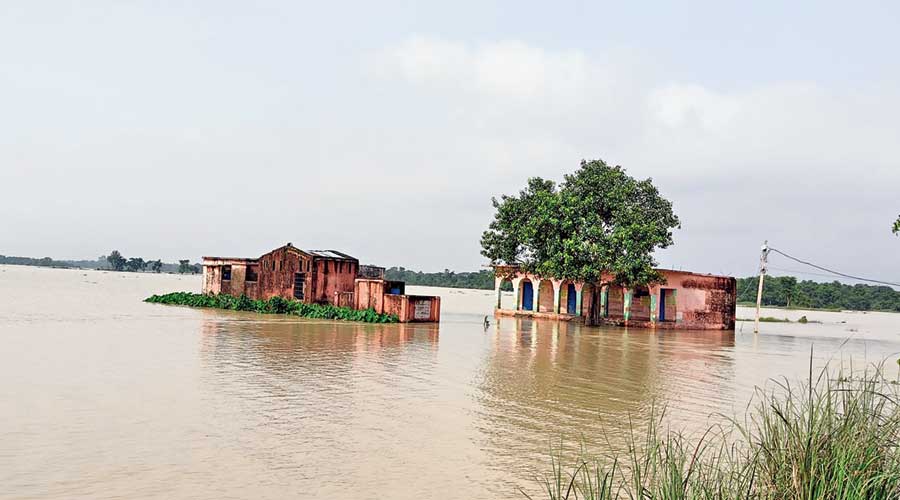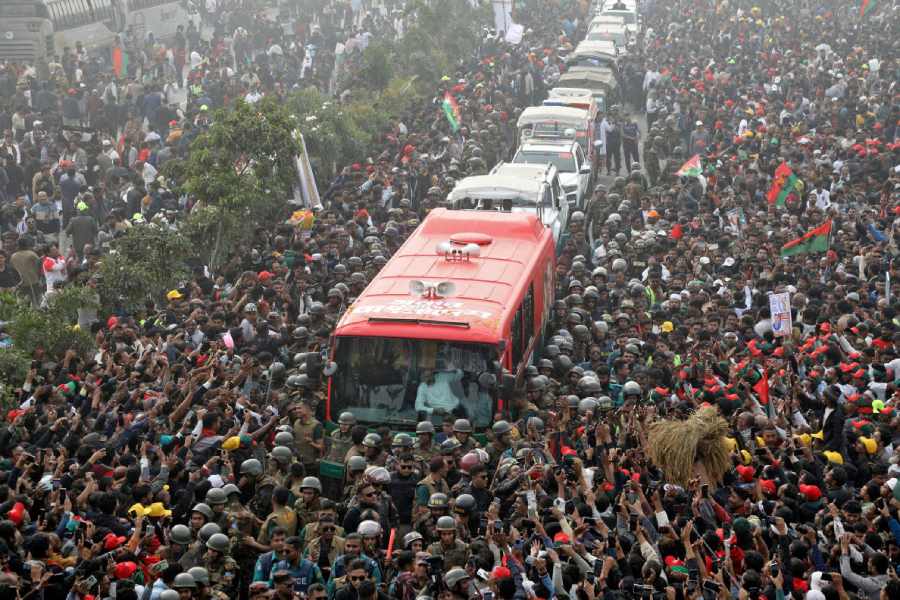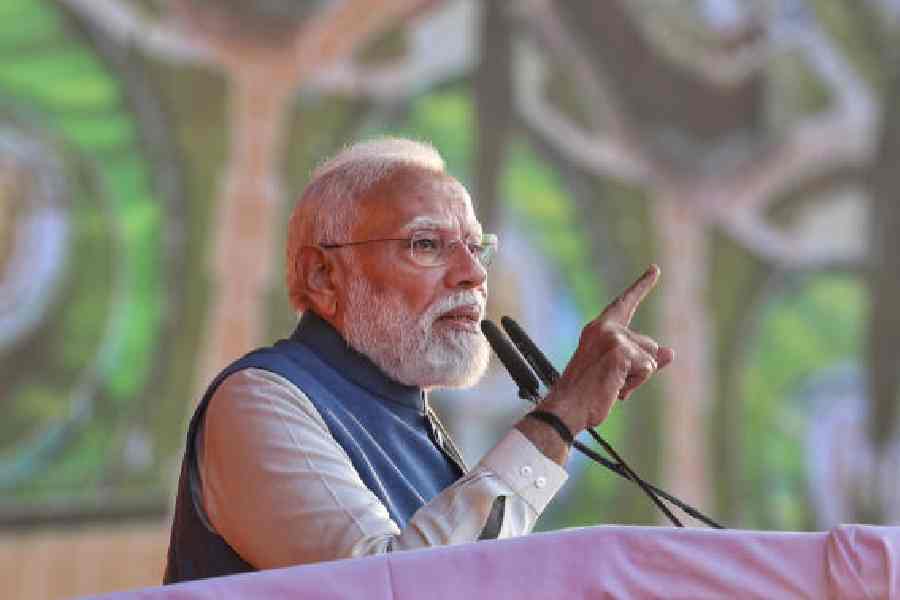A Bihar minister has reiterated the need for building high dams in Nepal to reduce the flood fury in the state and also demanded reconsidering the necessity of the Farakka barrage on the Ganga.
Flood in the northern parts of Bihar usually occurs after heavy rainfall in Nepal, which has the catchment areas of major rivers flowing into the state.
The huge volume of water gushing down from the neighbouring country through the Gandak, Kosi, Bagmati, Kamla Balan and dozens of smaller rivers result in the annual deluge in Bihar.
“There is a need to construct high dams on major rivers in Nepal for a permanent solution of the flood problem in Bihar. The talks between the governments of India and Nepal on the issue have been going on for several decades, but have not yielded any desired result,” said state water resources minister Sanjay Jha.
High dams are constructed on rivers for better control of floods, increased storage for irrigation and to generate hydroelectricity. One of the famous examples is the Aswan High Dam over the Nile in Egypt.
The multi-purpose high dam over the Kosi in Nepal was conceptualised way back in 1945 by the British, but has failed to take off. High dams on the Kosi, Kamla and Baghmati rivers were proposed in the later decades, without any tangible progress.
Experts have attributed the lack of progress to an apparent lack of enthusiasm from the central and state governments.
Altogether 28 out of 38 districts in Bihar are flood-prone and around 68.8 lakh hectares or 73 per cent area of the state suffers from flood almost every year, resulting in heavy loss of lives, infrastructure, agriculture and hampering future prospects of development.
Jha pointed out that the Farakka barrage has led to huge silt deposit in the upstream of Ganga over the decades, which has affected the perennial, incessant flow of the river.
“Bihar has been demanding discussion and reconsideration of the international treaty related to the Farakka barrage, as well as, inter-state and international sharing of water from the Ganga,” Jha said.
Meanwhile, the majority of the flood-causing rivers were flowing above the danger level in Bihar. However, the Ganga, into which all these rivers fall, was still flowing below the danger level in the state.
West Champaran, East Champaran, Sheohar, Sitamarhi, Gopalganj, Muzaffarpur, Darbhanga, Samastipur, Madhubani, Khagaria, Supaul, Araria and Kishanganj are the worst flood-affected districts.
The East Central Railway had to cancel 10 trains, divert five and opt for the short termination and short origination of 10 others after the flooded Baghmati surged up to touch the railway bridge between Muktapur and Samastipur stations.











